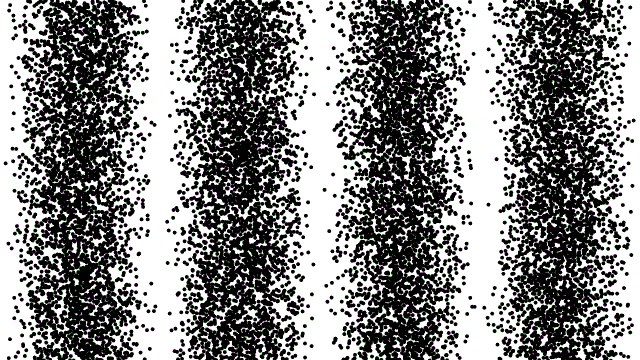Wave-Particle Duality
Interference fringes with feeble light (1909)
The debate over whether light is a wave or a particle is one that stretches back to very foundations of modern physics. Descartes and Newton took the stance that light is made of particles—corpuscles as they were called at the time—which explain certain basic optical phenomena such as reflection and refraction.
The particle model alone, however, could not address other observed behaviors such as diffraction and interference. This is what motivated the formulation of alternative wave models for light by the likes of Christiaan Huygens, Thomas Young, and many others. The debate would have been settled then and there in the 1800s were it not for a minor complication: quantum mechanics.
G. I. Taylor, a physicist from Trinity College at Cambridge, presented a paper in 1909 on interference fringes formed under extremely low light conditions. This work, communicated here by J.J. Thomson, provides fascinating insights into light's hidden wave-particle duality.
Theoretical Foundation and Methodology
As we have elucidated in a previous post about the photoelectric effect, experiments on ionization by light and X-rays in the early twentieth century led to the proposal that energy is not uniformly distributed across a wavefront. Instead, energy appears concentrated in indivisible packets or quanta. When light intensity decreases, these packets become more spatially separated but retain their energy, indicating that light consist of an irreducible granularity.
The classical electromagnetic wave theory of light explained behavior observed in the lab as average effects of continuous waves. Thomson, however, speculated that under sufficiently low light intensities, diffraction patterns might reflect a discrete energy distribution for small numbers of quanta.
G. I. Taylor set out to test this hypothesis.


